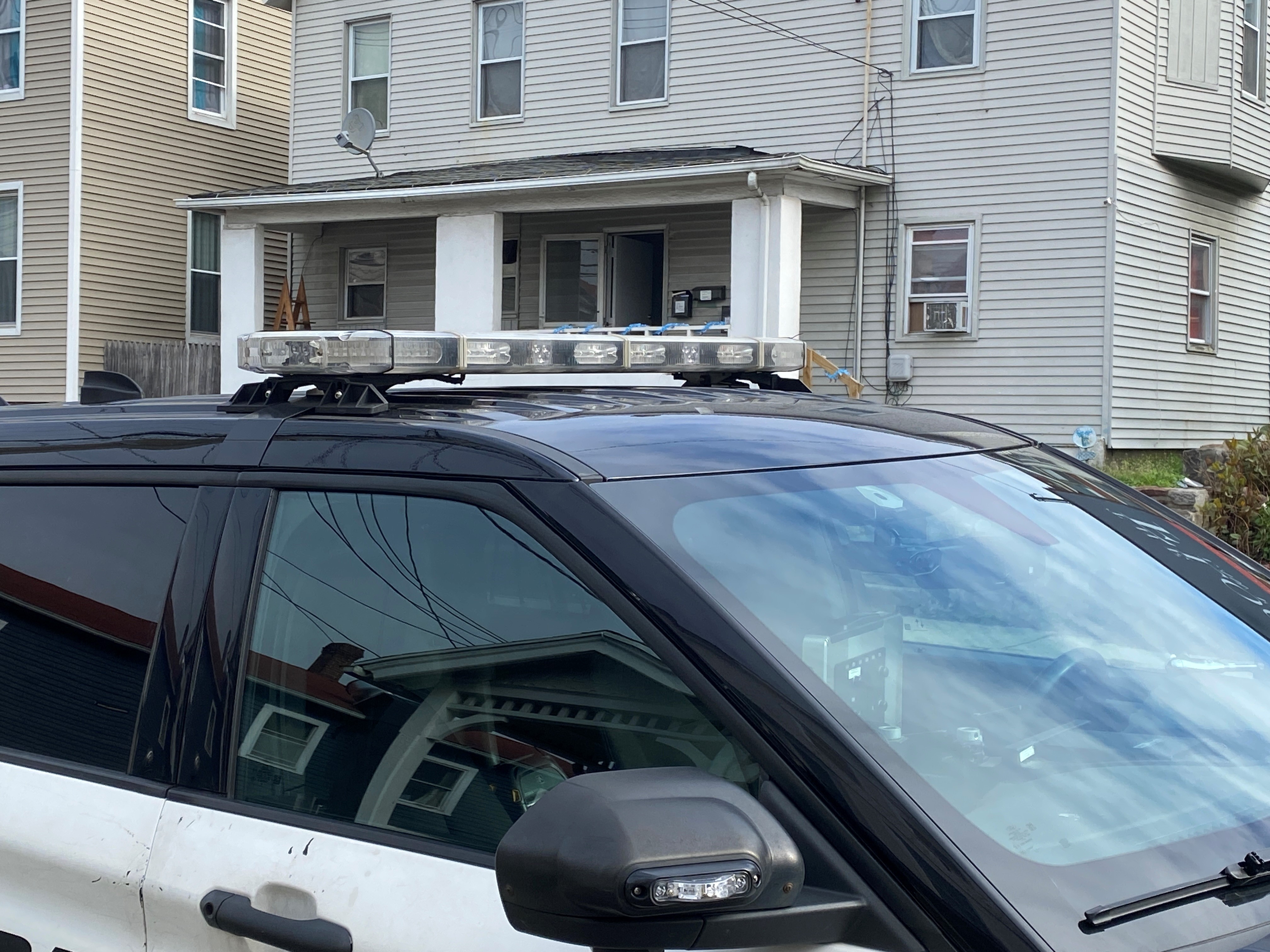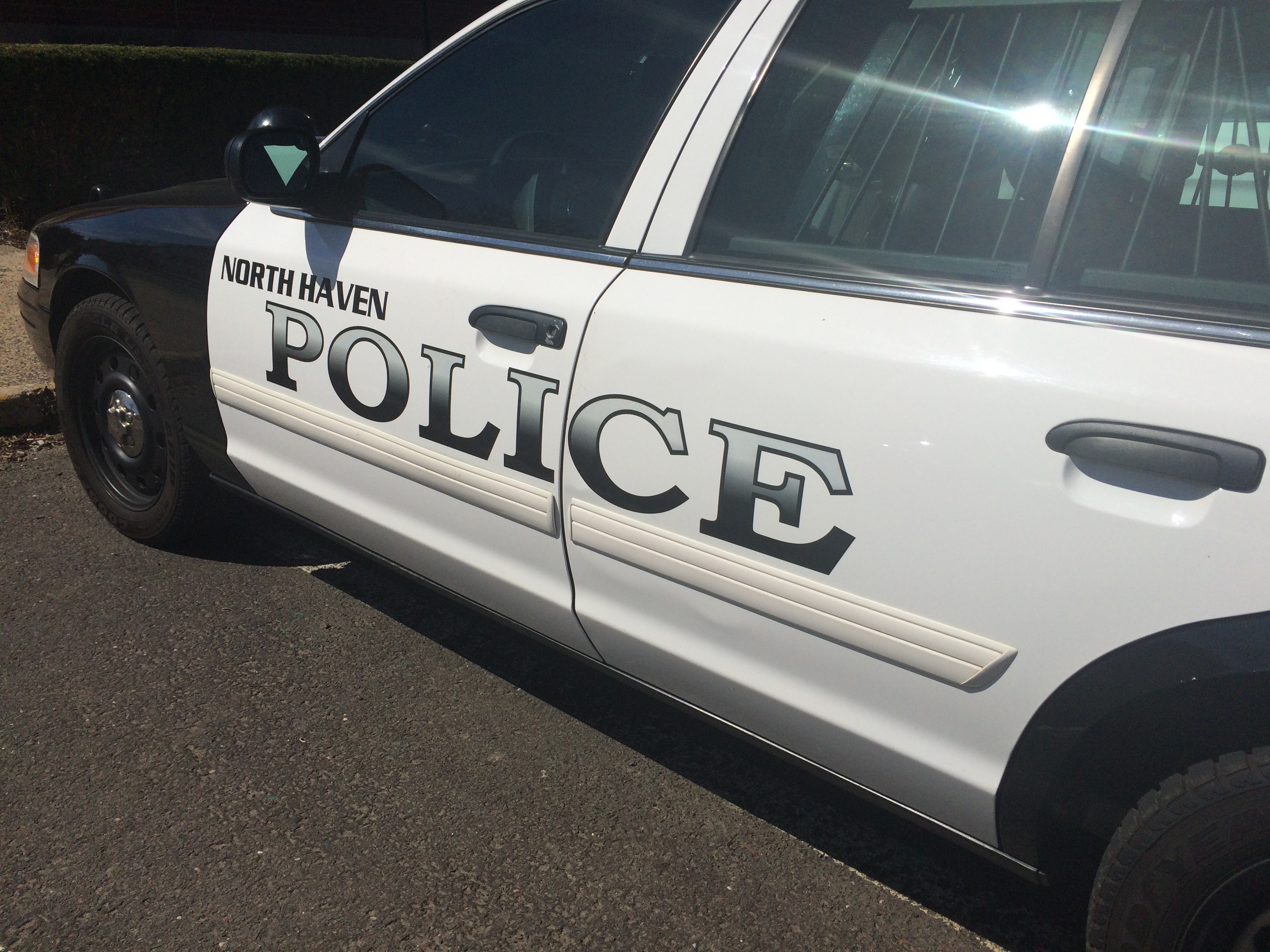“What are we gonna do?"
When her second grader's school closed, that was the question Shannon Curtis, an ER nurse educator and her husband, Brandon, a paramedic and electrician asked. Both were deemed essential workers.
“What do you do? She can’t stay home alone. We can’t take her to work with us,” said Curtis, who works at UConn Hospital.
Curtis said the Creative Child Center at UConn Health has become a lifesaver for their family. It’s one of more than two dozen free daycare programs that are open during the pandemic for hospital workers.
“Our center always has frontline workers so everyday we’re serving the UConn Health frontline heroes that work here,” said Barbara Brush, the center’s director.
While Creative Child Center has served infants and toddlers in the past, it's now accepting the school-aged children of UConn Health's employees, so that they can continue to save lives.
Curtis said the program is keeping her daughter, Jade, distracted from the scary things going on outside her little world.
Local
“She’s living somewhat of a normal life right now. Even though we’re not,” said Curtis, who noted that Jade is able to get her school work done while at the Creative Child Center.
Connecticut’s Early Childhood Commissioner Beth Bye said 50 percent of the calls to the state’s 211 helpline are from hospital workers looking for childcare.
Through ConnecticutCares for Hospital Workers (originally called Project 26), Bye said 29 hospitals are now being supported by a $3 million private donation to 4CT, Connecticut’s charity connection. Each site receives $11,725 per week.
Bye said the state is paying 175 percent market value and that daycare workers are being paid more because they too are putting their lives on the line.
Though a majority of the centers are run by either non-profits, towns or hospitals, some are owned by private for-profit companies. Bye admitted the decision drew criticism from other daycares forced to close.
“We were in a pandemic and we needed to make our best judgement as quickly as we could,” said Bye. “I don’t think there’s anyone making a profit on this program.”
While the programs that have been opened the longest, four weeks, are coming close to capacity at 26 children, there are others that have seen very little interest. According to figures from the Office of Early Childhood, the Middletown program has just six children, while Norwalk has four. Putnam’s program hasn’t taken in any children. Bye pointed out that the demand for daycare often mirrors the surge.
“They have not really experienced a surge yet, so their hospitals have not been under the same duress,” Bye explained of Day Kimball Hospital in Putnam.
The daycares set up to support hospitals in Hartford each have ten or less children. Bye said that’s by design.
“You know Hartford, we’re expecting the surge to come very soon and we want to make sure we have capacity,” she explained. “I’d rather none of them were full. We’re trying to keep space.”
Bye said the programs are being evaluated, and if they still aren’t close to capacity after three weeks, they may be moved to other parts of the state experiencing a daycare shortage.
“We’re mapping it and talking to the emergency team around where they expect the next surge, where the next challenge is,” said Bye.
She also said some spaces may soon be opened up to the children of nursing home workers, which account for the second most calls to the 211 helpline for childcare, 13 percent.
The program is supposed to last eight weeks, which means the first programs to start are already halfway through their allotment of funds. Bye said the state may need to chip in to keep them open longer.



